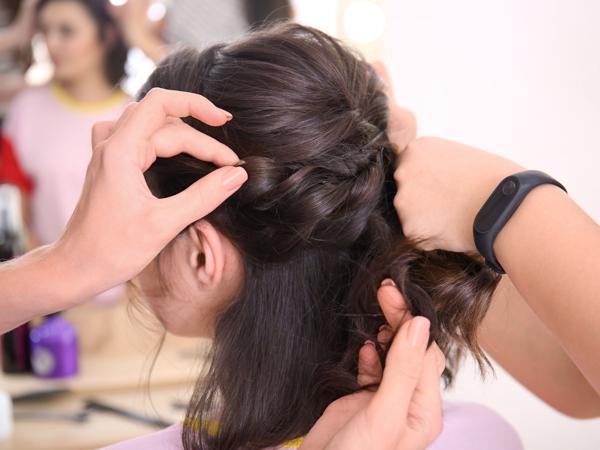Braiding is a timeless and versatile way to style your hair. With roots tracing back through various cultures, braiding serves not just as a beauty expression, but also as a handy skill. Whether you’re looking to enhance your hairstyling repertoire or simply want a practical way to keep your hair in place, learning to braid is a worthy endeavor.
Why Start Braiding?
For many, braiding is not just about styling; it’s a relaxing activity that fosters creativity. It offers a canvas to experiment with textures and dimensions, and can even serve as a bonding activity with friends or loved ones. Additionally, braids can be gentler on the hair compared to heat styling methods.
Essential Tools for Braiding
Before diving into the techniques, gather some basic tools:
- Detangling Comb or Brush: A great aid to smoothen out hair. You can find a variety of options in our Beauty Tools section.
- Hair Elastics: Small and discreet ones to secure braids without too much bulk.
- Hair Clips or Pins: Useful for keeping sections separated while you work.
Basic Braids for Beginners
Let’s delve into a few simple braiding techniques suitable for novices. Each technique builds on the fundamentals, allowing you to progress at your pace.
Three-Strand Braid
The three-strand braid is the cornerstone for other complex styles. Here’s how to do it:
1. Divide the Hair: Begin by sectioning your hair into three equal strands.
2. Cross the Right Over the Middle: Take the right strand, cross it over the middle strand. The right strand now becomes the middle.
3. Cross the Left Over the Middle: Next, take the left strand and cross it over the new middle strand.
4. Repeat: Continue the pattern, alternating between the right and left strands until you reach the end.
5. Secure: Use a hair elastic to keep the braid in place.
French Braid
A French braid incorporates additional hair as you braid. Here’s a simple breakdown:
1. Start at Crown: Take a section of hair at the top center of your head and split it into three parts.
2. Begin Braiding: Start like a regular three-strand braid.
3. Add Sections: Before crossing each side strand over the middle, add more hair from that side of the head into the strand.
4. Maintain Tightness: Keep the braid taut by pulling gently on the strands as you cross them over.
5. Continue to Nape: Proceed until you reach the nape of your neck, then finish with a regular braid.
Fishtail Braid
A fishtail braid looks intricate but follows a straightforward pattern:
1. Split into Two Sections: Divide your hair into two sections instead of three.
2. Cross Small Sections: Take a small piece from the outer edge of one section and cross it over to join the opposite section.
3. Repeat: Continue alternating sides while maintaining even tension.
4. Secure With Elastic: Use a hair tie to finish off the end of the braid.
Helpful Tips for Braiding
- Practice is key. As you become more familiar with the motion, braiding will become more intuitive.
- Texture Matters: Slightly damp hair or hair with texture (from products) works better to hold braids.
- Be Patient: Mistakes can lead to creativity. If a braid doesn’t turn out perfect, it’s a learning opportunity.
Further Reading
For those interested in more detailed insights or advanced braiding techniques, consider checking out resources such as the EHow Beauty Guide. It offers a treasure trove of hairstyling wisdom, perfect for those looking to expand their skills further.
By learning these beginner-friendly braiding techniques, you’ll find a practical form of artistic expression that complements any occasion. As with most crafts, the journey of braiding is as fulfilling as the outcomes themselves.




